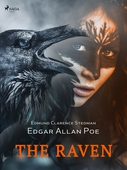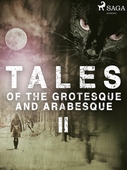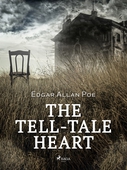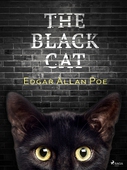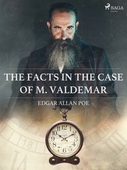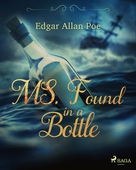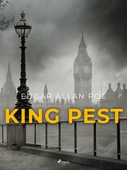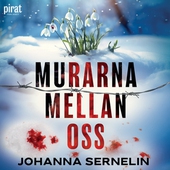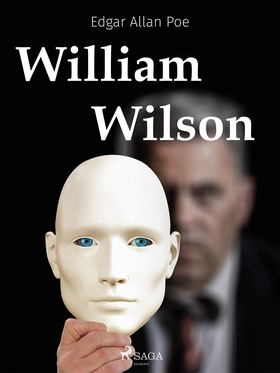
Lägg till önskelistan
William Wilson (Horror Classics) e-bok
Pris
19 kr
Inspired by Poe’s own tragic life, the short story clearly presages Freud’s method of psychoanalysis. In a very Fight-club-like plot and situations, “William Wilson” is a journey within the mind. Some sixty years prior to Freud’s clinical work and theoretical developments, Poe’s story is an example of the rise of the psychological genre in literature.
A fruitful, and at the same time paranoid, the theme of the doppelganger runs strong in Edgar Allan Poe’s fiction. From “The Fall of the House...
E-Bok
19 kr
Pris
Förlag
Saga Egmont
Utgiven
26 Augusti 2020
Genrer
Noveller, Romaner, Deckare, Skönlitteratur
Serie
Horror Classics
Språk
English
Format
epub
Kopieringsskydd
Vattenmärkt
ISBN
9788726586909
Inspired by Poe’s own tragic life, the short story clearly presages Freud’s method of psychoanalysis. In a very Fight-club-like plot and situations, “William Wilson” is a journey within the mind. Some sixty years prior to Freud’s clinical work and theoretical developments, Poe’s story is an example of the rise of the psychological genre in literature.
A fruitful, and at the same time paranoid, the theme of the doppelganger runs strong in Edgar Allan Poe’s fiction. From “The Fall of the House of Usher” to “Morella” and “Ligeia”, Poe’s characters are constantly harassed by conscious entities that mirror the chaos within the protagonists’ unconscious. The influence of “William Wilson” can be felt in the proliferation of contemporary movies exploring the idea of the double, such as Hitchcock’s “Vertigo” (1958), Basil Dearden’s “The Man Who Haunted Himself” (1970) or Darren Aronofsky’s “Black Swan” (2010).
Edgar Allan Poe (1809-1849) was an American poet, author, and literary critic. Most famous for his poetry, short stories, and tales of the supernatural, mysterious, and macabre, he is also regarded as the inventor of the detective genre and a contributor to the emergence of science fiction, dark romanticism, and weird fiction. His most famous works include “The Raven” (1945), "The Black Cat” (1943), and “The Gold-Bug” (1843).

